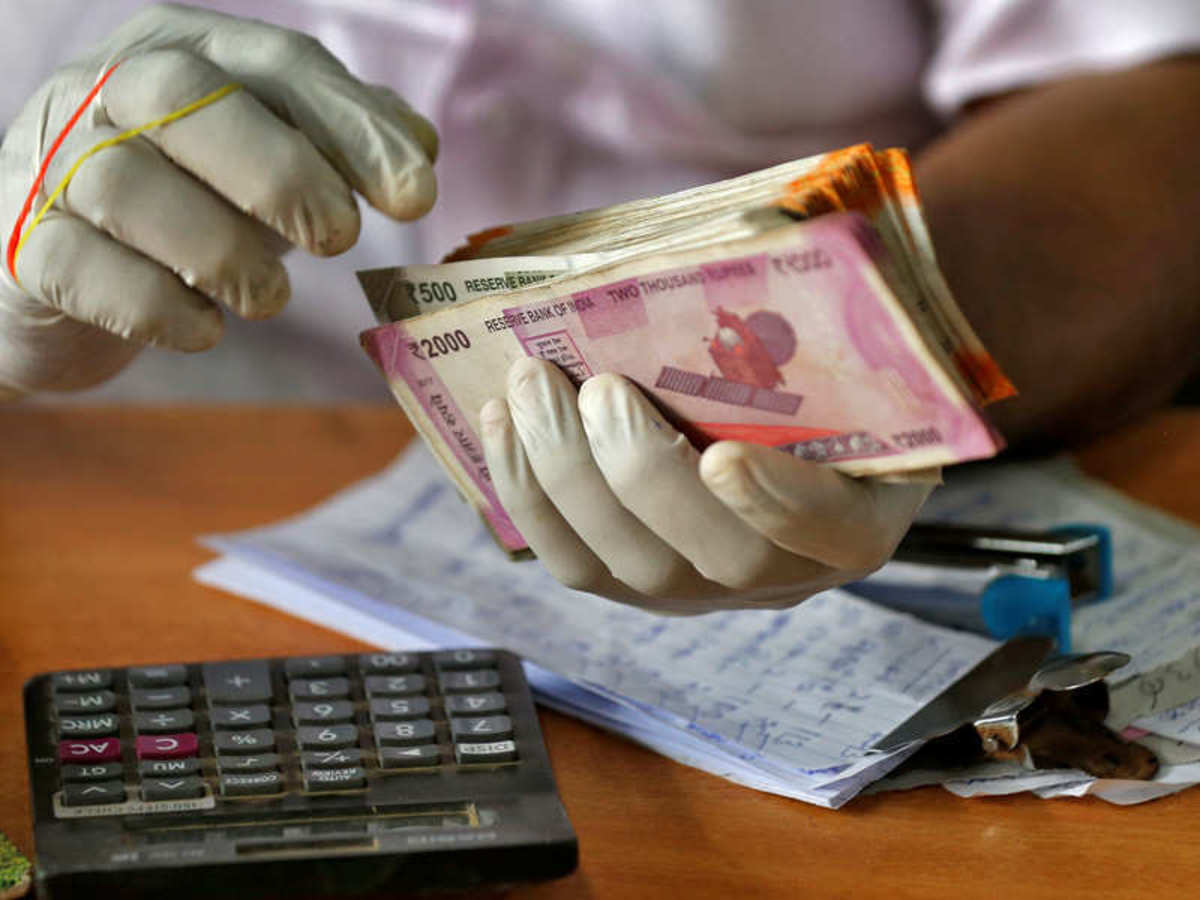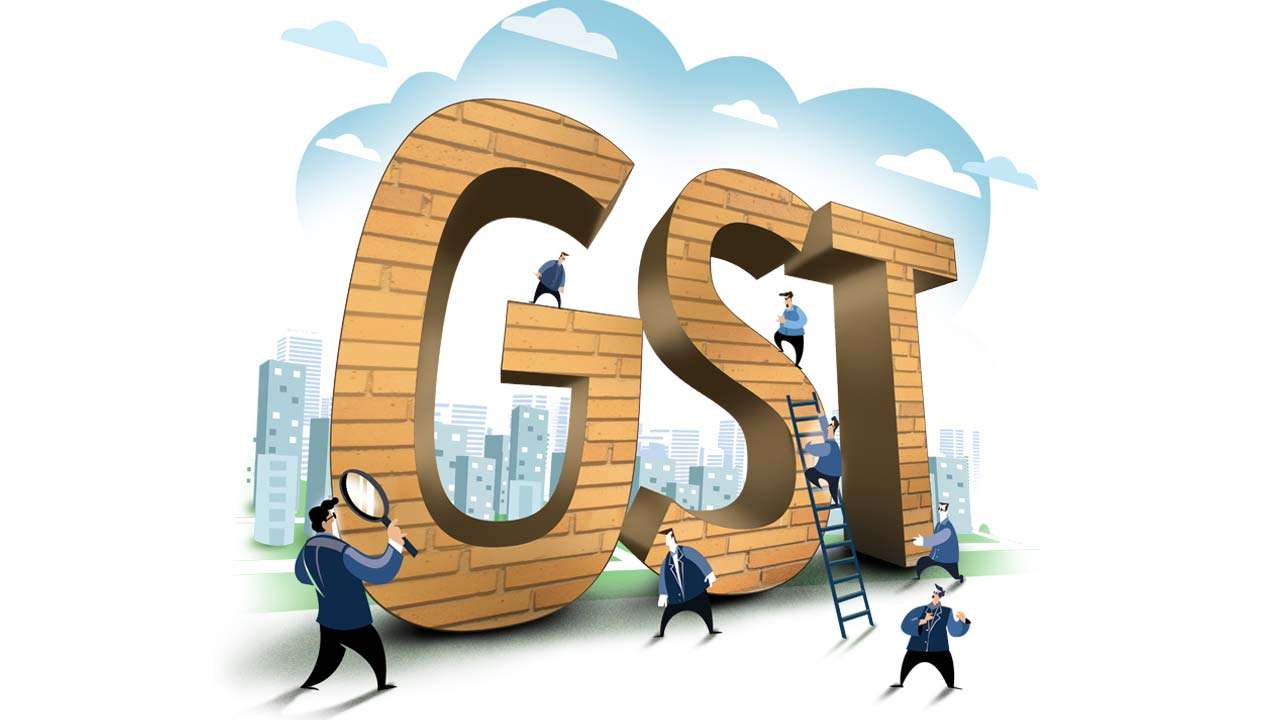GST: Government claims V-shaped economic recovery, but are the recent GST collections proportional with the claim? – all you need to be aware of.

GST: After a year-long battle with the COVID-19 virus, things are starting to get better. The country witnessed the total destruction of its economy in the last year when lockdown prevailed in the nations. Businesses were shut and shops were closed and there were no economic activities in the country. The economy witnessed a downfall and subsequently, the GST collections were lower than ever too, due to no economic activities in the country.
The pandemic had a very bad impact on the people of the country, with having nothing to do and therefore they were forced to use their lifelong savings. The country had to suffer a lot too, due to the lack of GST collection which is a major source of revenue for the government. The lack of collection, therefore, held back the government from making expenditures towards the development in the country. However, with the world started to open up again, the economy has started to progress.
The businesses have started again and shops have opened. With the opening up of economies worldwide, consumer demand has started to reach heights and is higher than ever. This has led to the rise in the collection too. In this article, we will be discussing the current level of GST collection in the country, and how it has improved from the past.
GST in September
Gross Goods and Services Tax (GST) in the month of September has been high. The level of GST collection in this month rose by 22.5 per cent on a year-on-year basis and the level has reached Rs 1,17,010 Crore. This directly indicates the high level of sales in the month of August in our country.
Even though the revenue collection came on a lower base, the country has been witnessing a high monthly collection in the second quarter of this financial year. It has risen by nearly 5 per cent of the level of average collection in the first quarter of this financial year. Let us now discuss the various segments of GST collected this year.
Out of the total 1,17,010 gross this year, which was 22.5% higher than the amount collected last year, which was 95,480 crore, CGST accounts for nearly 20,578 crores while the SGST accounts for 26,767 crores. Talking about IGST, it accounts for nearly 60,911 crores.
This is higher than the other two components of the GST as it includes the amount collected on imports of goods. The imports have also risen during this period and therefore the amount collected on imports is Rs 29,555 crore.
Moreover, the amount collected through cess in September accounts for Rs 8,754 crore. All of this cumulatively accounts for the total GST collected in the month of September, which indicates the path of growth for the collection in the country.

Let us now discuss the implication of this.
We have witnessed a growth in the pace of GST collection in the second quarter of this financial year. The collection was low in the first quarter but with the growth of reviving the economy, it has started to rise.
The pace at which the rate of collection has gained recently shows great improvement in the economic activity of the country. Mentioning the average monthly collection of the Gross GST in the second quarter, it has been nearly Rs 1.15 lakh crore.
This rate is 5 per cent higher than the average monthly collection in the first quarter which was Rs 1.10 lakh crore. This clearly indicates that the much-needed recovery of the economy after complete destruction during the pandemic has started.
Moreover, there is one other factor that has contributed to the growth of GST collection in the nation. Yes, we are referring to the anti-evasion activities which are currently going on in the country, which most importantly includes action against fake billers.
This has clearly enhanced the process of GST collection and therefore the level has risen. According to the reports of the Finance Ministry, it has been predicted that this trend of growing revenues will continue during the whole second half of the year and will post revenues higher than the current level. This provides optimistic hopes for the currently ailing economy of our country.
Even comparing the current collection with that of September 2019, the rate grew by 4 per cent, which is huge. The GST collected in September 2019 was 91,916 which shows that the post-pandemic growth of the economy is on the right track.
How is this growing GST collection rate a matter of concern for the country?
Even after the GST collection rate is growing after the pandemic and is faster than what was expected, revenue buoyancy under GST is being seen as a concern. This concern has become stronger after the event of legally mandated compensation to all the states of the country for the shortfall of revenue from the implementation of GST comes to an end next year, in the month of June to be precise.

After the rollout of the GST regime in July 2017, in order to move towards a structural overhaul, a review of the current rate slab structure is going on. It has been explicitly incorporated in the Terms of Reference of the two ministerial panels in order to spell out a blueprint for the GST reforms. This is done in reference to an order of the government dated September 24.
The panel mainly focus on one overarching mandate, which is to evaluate an introduction of special rates within the current tax structure, along with rationalising measures which include the merger of the tax rate slabs. This will be done in order to simplify the process of the rate structure. The panel will also look for better ways to the event the tax evasion and therefore increase the collection rates and will also look at the inverted duty structure.
What are the five key tax slabs?
In our country, after the incorporation of GST, there have been five major tax slabs. These five slabs are of zero per cent, five per cent, twelve per cent, eighteen per cent and twenty-eight per cent respectively.
Moreover, the compensation cess rate ranging from one per cent to two hundred and ninety per cent is levied on demerit and luxury items over and above the topmost tax slab of twenty-eight per cent in our country. Further, a merger of five per cent and twelve per cent slabs or twelve per cent and eighteen per cent slabs have also been deliberated upon earlier but not have been taken up formally as a decision.
The Ministry of Finance has said that the rate of GST collection will grow in the upcoming months of this financial year and will definitely cover up for the downfall in the rate of GST collection in the previous year too.

This can be said easily due to the two most significant reasons- the first is the growing consumer demand in the nation after the opening up of the economy. This rising demand has led to greater consumption and therefore greater GST generation. Moreover, the steps taken towards the prevention of tax evasion recently have also been resulting in higher GST collection.
Tax is the major source of revenue for the government of the country and with this growth rate, the government will be able to spend more on the development of the nation.
Edited by Sanjana Simlai.






